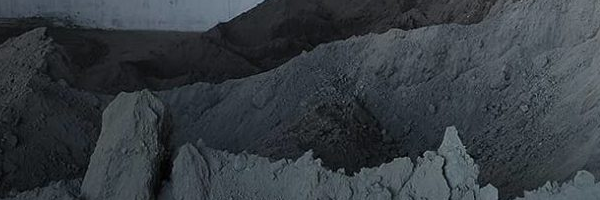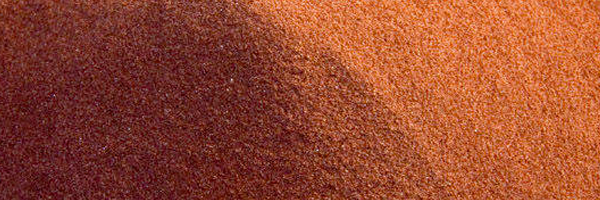
Copper Cathodes

The cathode is the basic product of copper production. It is produced in a marketable form at Aurubis for use in high-quality applications.Copper cathodes with specific maximum impurity levels are also registered and traded on the London Metal Exchange and the Comex.
Copper Blisters

Blister copper is refined by an electrolytic process. Blister copper in the form of a large plate is made as anode. … The impure blister copper dissolves at the anode. During electrolysis pure copper is deposited in the form of pure copper at the cathode.
Copper Concentrate

Used as raw materials in copper smelting, copper concentrates have a copper content of about 30% by weight. … Copper concentrates are made mostly from sulfide ores. Ores extracted from overseas mines have a typical grade of about 1%. The ores are then “dressed” at the mine to increase the purity.
Gold

Gold has been used to make ornamental objects and jewelry for thousands of years. Gold nuggets found in a stream are very easy to work and were probably one of the first metals used by humans. Today, most of the gold that is newly mined or recycled is used in the manufacture of jewelry.
Copper Ingots

An ingot is a piece of relatively pure material, usually metal, that is cast into a shape suitable for further processing. … Ingots usually require a second procedure of shaping, such as cold/hot working, cutting, or milling to produce a useful final product.
Copper Powder

Pure copper powder is used in the electrical and the electronics industries because of its excellent electrical and thermal conductivity. Alloyed with tin, zinc, nickel and other elements, copper in powder form is used in structural parts and friction materials.
Copper Slag

Copper slag is a by-product of copper extraction by smelting.During smelting, impurities become slag which floats on the molten metal. Slag that is quenched in water produces angular granules which are disposed of as waste.
Nano Copper

A copper nanoparticle is a copper based particle 1 to 100 nm in size. Like many other forms of nanoparticles, a copper nanoparticle can be formed by natural processes or through chemical synthesis.
We invested our hard work for people just like you that insist on a great client experience.








